Biermann, L, Moffat, D, Sabel, CE and Stovin, TE 2025 The theoretical role of the wind in aerosolising microplastics and nanoplastics from coastal combined sewer overflows. Scientific Reports, 15 (1). 10.1038/s41598-025-06115-5
Preview |
Text
s41598-025-06115-5.pdf - Published Version Available under License Creative Commons Attribution. Download (3MB) | Preview |
Abstract/Summary
Inhaled microplastics and nanoplastics (MNPs) have shown bio-persistence in the body, with concerning implications for human health. Airborne MNPs primarily originate from terrestrial sources, but sea air may contribute when onshore ‘aerosolising’ winds coincide with high concentrations of MNPs in surface waters. From the thousands of cities worldwide with Combined Sewer Overflows, millions to billions of MNPs can be discharged daily into rivers, estuaries, and the sea. To assess the possible links between water pollution and air quality, we analysed two years of Combined Sewer Overflows (spills) off Plymouth, UK, alongside same-day and long-term meteorological and satellite data. Winds exceeding 6.5 m/s were applied as the theoretical threshold for marine aerosol production at the sea surface. From 2022 to 2023, sewer spills into Plymouth Sound coincided with onshore aerosolising winds for a minimum of 178 days. Specifically, MNPs may have been stripped from coastal spills and blown back inland for over 1,586 hours, amounting to at least 10% of the 2-year period. Surprisingly, rainfall was too weakly correlated with spills to be a predictor, with little to no precipitation for 18% of sewer overflow events overall. In the satellite data, river plumes coincident with spills remained detectable ~ 10 km offshore, and we observed a significant degradation in winter water clarity over the past decade. Given the global footprint of outdated sewage infrastructure, our findings suggest that coastal spills—when combined with onshore aerosolising winds—may serve as an overlooked source of airborne MNPs. To better understand potential exposure pathways, it is essential that future scientific studies integrate air quality monitoring with assessments of coastal water quality.
| Item Type: | Publication - Article |
|---|---|
| Divisions: | Plymouth Marine Laboratory > Other (PML) |
| Depositing User: | S Hawkins |
| Date made live: | 28 Jul 2025 09:22 |
| Last Modified: | 28 Jul 2025 09:22 |
| URI: | https://plymsea.ac.uk/id/eprint/10481 |
Actions (login required)
 |
View Item |


 Lists
Lists Lists
Lists